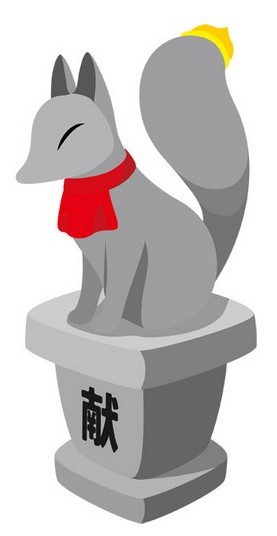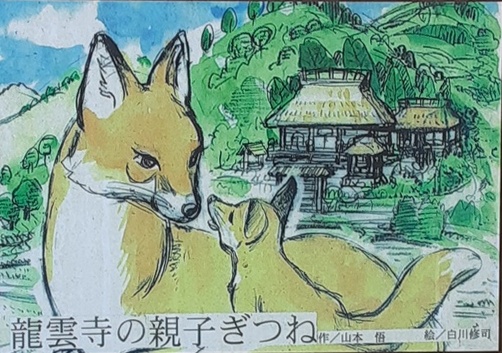Archives - Ōmuro blog
Ryuunji Temple and the Kōgitsune (baby fox)
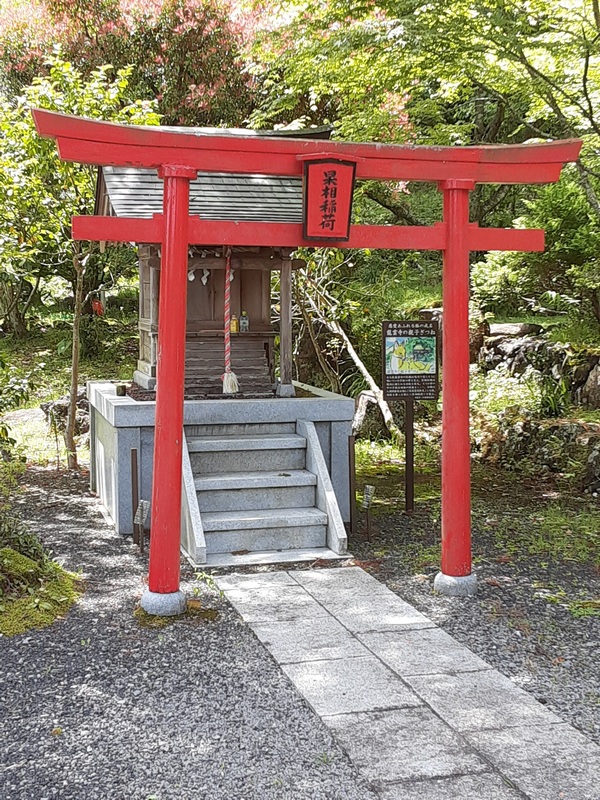
In the Totari (十足) valley, just north of Mt. Ōmuro, there is a Buddhist temple by the name of Ryūnji (龍雲寺). In a prominent location just outside the main entrance to the temple, there is a Shinto shrine called Kōsu Inari.
Why is there a Shinto shrine inside the grounds of a Buddhist temple?
The story that answers this question is written on a plaque next to the shrine. The title of the story roughly translates to The Overflowing Affection of Ryūnji’s Dharma Name for the Mother Fox.
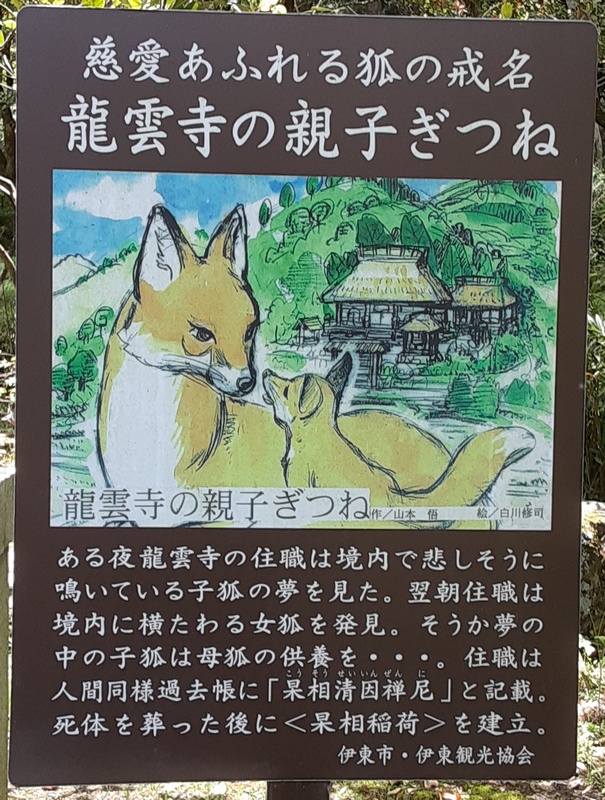
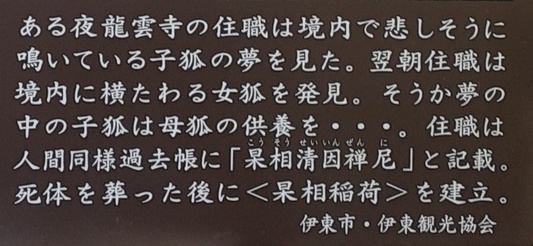
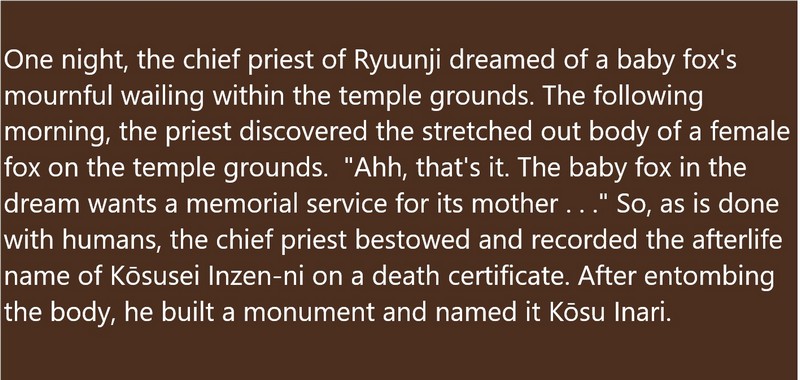
Ito City * Ito Tourism Association
Archives - Ōmuro blog
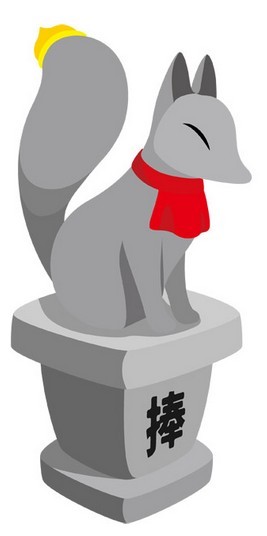
This story is important because it shows harmony between Japan’s two major religions: Shinto and Buddhism. Foxes have a special role in Shinto mythology and Japanese folklore. ‘Inari,’ part of the shrine’s name, refers to a Shinto god. Inari protects rice fields and ensures a good harvest. Rice is the most important food staple in Japan, so Inari’s role is significant in Japanese culture. Foxes are the messengers of Inari and the means by which humans can pray to and receive guidance from the god. Throughout Japan, there are many Shinto shrines dedicated to Inari, and they usually have fox images and statues like those pictured here.
When the baby fox appeals to the priest of Ryūnji for a funeral ritual, the priest, acknowledging the importance of Inari in providing rice, does not hesitate.
